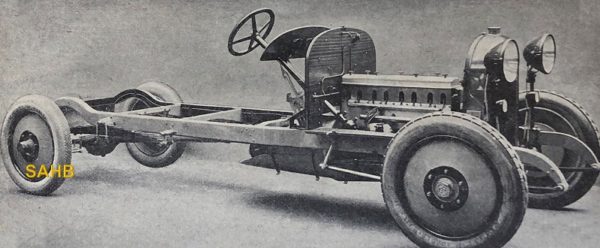
The Barcelona-based Elizalde company produced their 8-cylinder 20/30 HP car between 1924 and 1927. The features most remarked upon in press reports were the engine’s bronze cylinder heads, the four-wheel servo-operated brakes and the suspension.
The excellent heat conductivity of the patented bronze cylinder heads was claimed to allow a much higher compression ratio without risk of pinking (pre-ignition). This, together with a relatively high maximum revs per minute, was said to enable better thermal efficiency and an impressive output of 40bhp per litre.
Sadly, the brake servo was not explained in any detail. It would be fascinating to discover whether Elizalde used the system designed in 1919 by Marc Birkigt of Hispano-Suiza. The suspension was unusual: a combination of cantilever and semi-elliptics apparently ensured that if the main leaf broke the axle would still be firmly held, an advantage for bad roads.
Arturo Elizalde Rouvier founded his first company in 1909 in Barcelona to make precision parts for the automobile industry, including crankshafts, valves, gears, pistons, differentials and shock absorbers. Some sources claim that he also made hydraulic brakes – but it is not known when. He repaired and maintained motor cars and was the Spanish representative of Delahaye.
The company name changed in 1910 to Biada, Elizalde y Compania (Biada was the name of his brothers-in-law), and in 1914 presented the company’s first compete car. A Madrid newspaper reported on 29 April 1915 that ‘His Majesty King Alfonso XIII, whose attention never deviates from stimulating the work of all those in Spain who aim to build industries hitherto dependent on foreigners, personally tried out a 20 CV Biada-Elizalde on the Coruña highway.’
The biggest sensation was reserved for the enormous Elizalde Model 48, the largest car at the 1921 Paris Salon. Its 8-cylinder, 8143cc 160bhp engine had four valves and two spark plugs per cylinder. Only six were built.
The car in our Snapshot was more modest. With engine dimensions of 70mm bore and 110mm stroke, for 3387cc, it produced a more modest 120bhp – but note that its specific output of 35bhp per litre was well above that of the 1921 car, if not quite as high as the 40bhp claimed.
From 1925 Elizalde turned increasingly towards aero engine manufacture. However, in 1927 they planned to build a new car, the Apta, together with the car manufacturers Ricart and España, but the project came to nothing and the company ended car production in 1928. About 650 Elizalde cars were made. Aero engines were built with some success until 1951, when the company was taken over by the state-owned INI.
Photo courtesy of The Richard Roberts Archive.
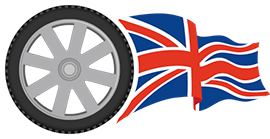


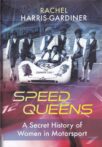
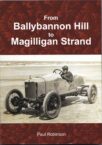
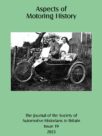
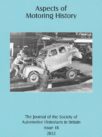
Leave a Comment